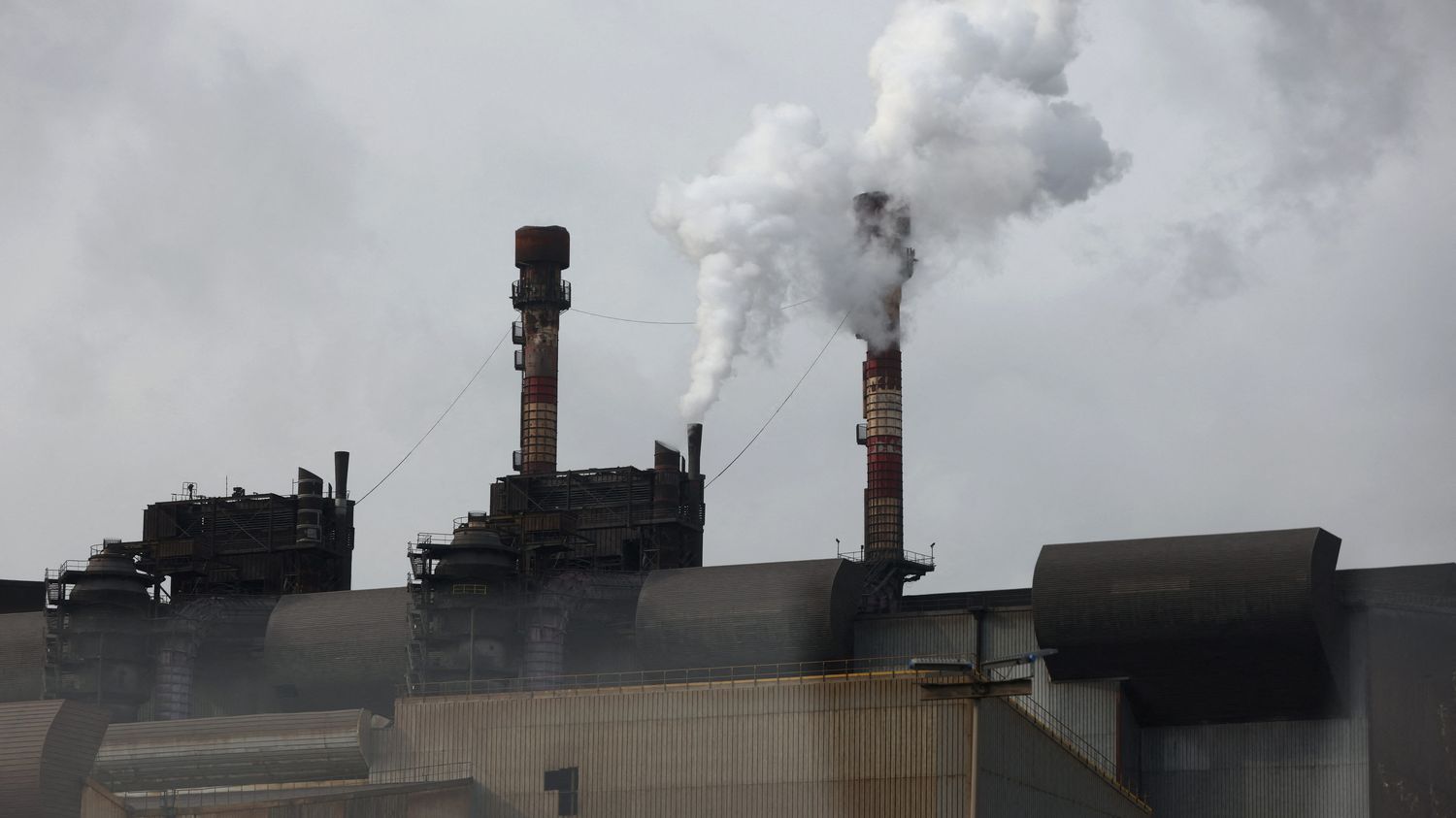The Climate Action network deplores in a report published Monday the “lack of effort” of industrialists, despite the billions of euros in public aid granted.
In Le Havre, the leader in the production of fertilizers Yara has committed to reducing its emissions by 45% by 2030. However, since 2013, these emissions have stagnated with a peak of over 36% between 2019 and 2022. This plant is in seventh place in the ranking of the 50 most emitting industrial sites in France in 2022, according to a report by Réseau Action Climat published on Monday, June 26. Most of these sites are concentrated in the industrial basins of Dunkirk, Fos-sur-Mer, Le Havre and Grand Est.
>> “Eternal” pollutants: the Arkema factory south of Lyon targeted by a complaint
For the NGO, the root of the problem lies in the fact that Yara is one of the companies eligible for numerous support schemes. Because the Climate Action Network estimates that between free carbon quotas, between national and European plans, industries in France benefit from several tens of billions of euros in support for decarbonization, with in fact an almost stagnant.
Last November, Emmanuel Macron proposed a decarbonization pact to the industrialists who emit the most CO2 in France with a doubling of public aid to 10 billion euros in exchange for a doubling of their effort in this area. Cement, aluminum, steel, fertilizer, sugar or fuel: the leaders of the 50 French industrial sites with the highest CO2 emissions had been received in the village hall of the Elysée.
The two industrial sites that emit the most are owned by the steel leader in France, ArcelorMittal in Dunkirk and Fos-sur-Mer. AT the two of them represent 25% of the greenhouse gas emissions of French industry. ArcelorMittal has committed to carbon neutrality by 2050, with the replacement of blast furnaces and the construction in Dunkirk of a direct reduction iron ore plant, where coal will be replaced by hydrogen. But according to Réseau Action Climat, these efforts and the observed decrease in emissions is the result of the 2008 economic crisis and the Covid crisis, and not “real transformation efforts”.
>> Environment: “The cost of inaction is higher than the cost of decarbonization”, warns Yamina Saheb, economist and author of the IPCC
Réseau Action Climat also points to a new obstacle to the sustainable transformation of French industry, with the development of “green” technologies, such as carbon capture and storage (CCS), presented by some as a solution in the fight against global warming. The goal is to capture the carbon dioxide and bury it underground. The NGO warns that CCS technology is expensive, “does not imply a reduction in emissions at source and therefore a real questioning of the current production system” and “will present a potential risk of leaks”. “CCS must be considered by industrialists as a last resort aimed at treating incompressible residual emissions and must not delay the profound transformation of the industry”continues the NGO.
The most emitting industrial sites must therefore give more compensation in exchange for the public aid granted according to Réseau Action Climat. While the ecological planning council must present the new greenhouse gas reduction trajectory in France at the beginning of July, the government plans to give another five billion euros to support these 50 most polluting industrial sites. In France, industry represents 20% of national emissions.
